Muneyi releases new single “Maipfi” featuring Msaki
Muneyi’s music has been described as a gift from the gods – a healing experience, as he connects the listener to his own narrative of Tshivenda folktales and modern sounds. He makes a grand return to streaming platforms and radio with his new poetic anthem featuring the award-winning South African vocalist Msaki. ‘Maipfi’ is out now on all platforms.
Inspired by his Makhulu (Grandmother), his community upbringing, a love for language, vulnerability, human behaviour and personal experiences, his music has an ability to transcend language and connect to one’s heart and soul. A multifaceted artist, songwriter, composer, and guitarist.
Recently performing at GQ South Africa’s Best Dressed Awards as well as the GQ Music Issue launch event, the Platoon-signed artist is soaring in the early stages of his career, and finally, new and old fans can sample the first of many incredible songs from his upcoming EP.

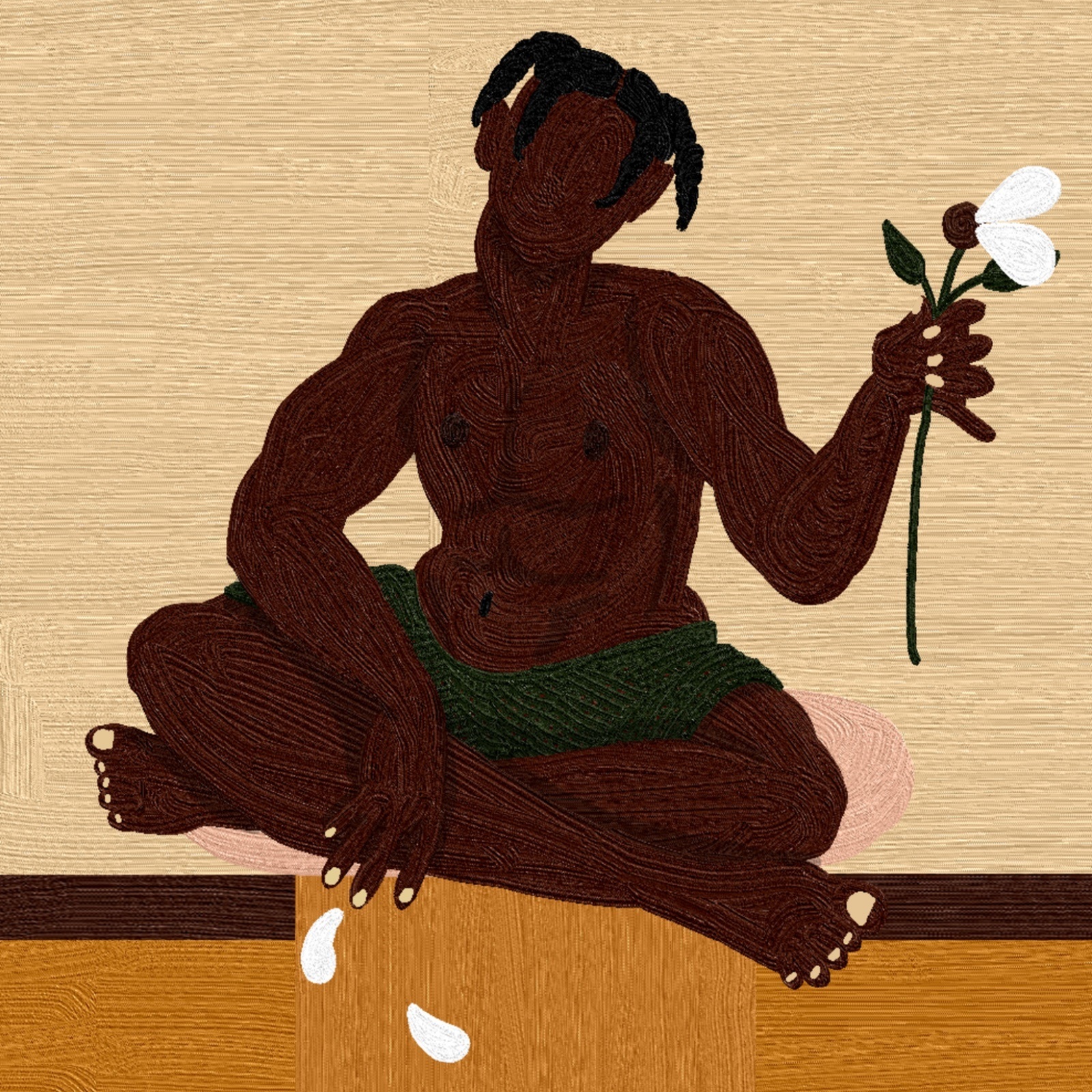
Muneyi’s collaboration with the award-winning Msaki on “Maipfi” unveils a mesmerising symphony of emotions. “Maipfi,” meaning words, paints a poetic picture of endings and the poignant remnants left behind. As Muneyi conjures images of burning fields, Msaki’s haunting vocals parallel the fading ember of a love that remains, even as it fades.
‘Maipfi’ is the first single from Muneyi’s upcoming EP For the Boys I Like, which he describes as a revelation — a canvas on which Muneyi paints his innermost thoughts and emotions in hues of personal experience. Unlike his debut album Makhulu, which was an ode to his grandmother, this EP boldly opens new doors, delving into the depths of his heart, allowing us into a more personal space where we encounter his raw feelings.
Muneyi’s introspective exploration is both heartbreaking and liberating, inviting listeners to reflect on their own journeys of love, identity, and self-discovery. Through its melodic tapestry, “For the Boys I Like” transcends mere music, evolving into a soul-stirring testament to the human experience. Listen to Muneyi’s LTMF (letter to my father) here.
Stream ‘Maipfi’ feat. Msaki HERE
Connect with Muneyi:
Instagram: @Muneyi
Facebook: MuNeyi
YouTube:@MuneyiRomeo
Press release courtesy of Sheila Afari PR


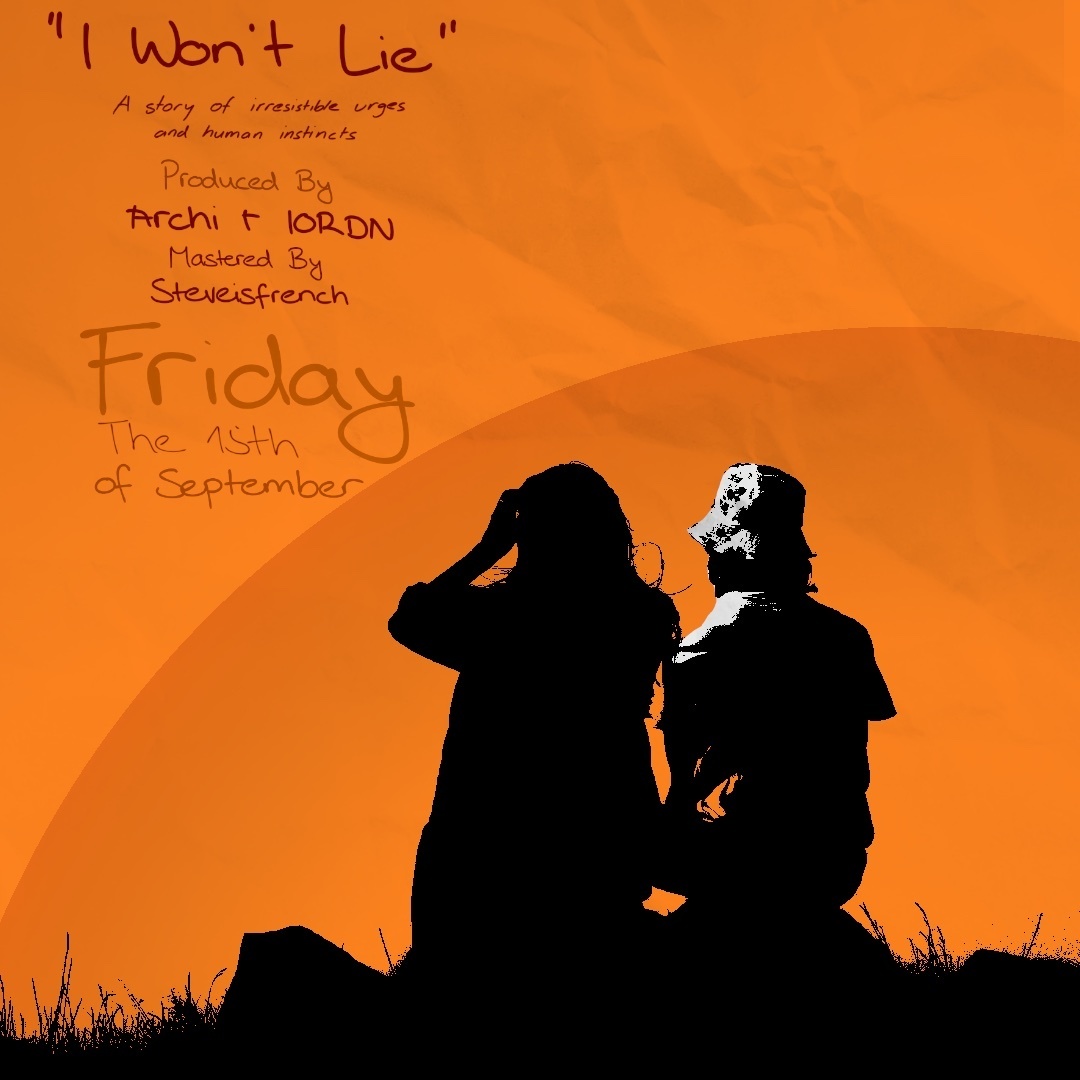



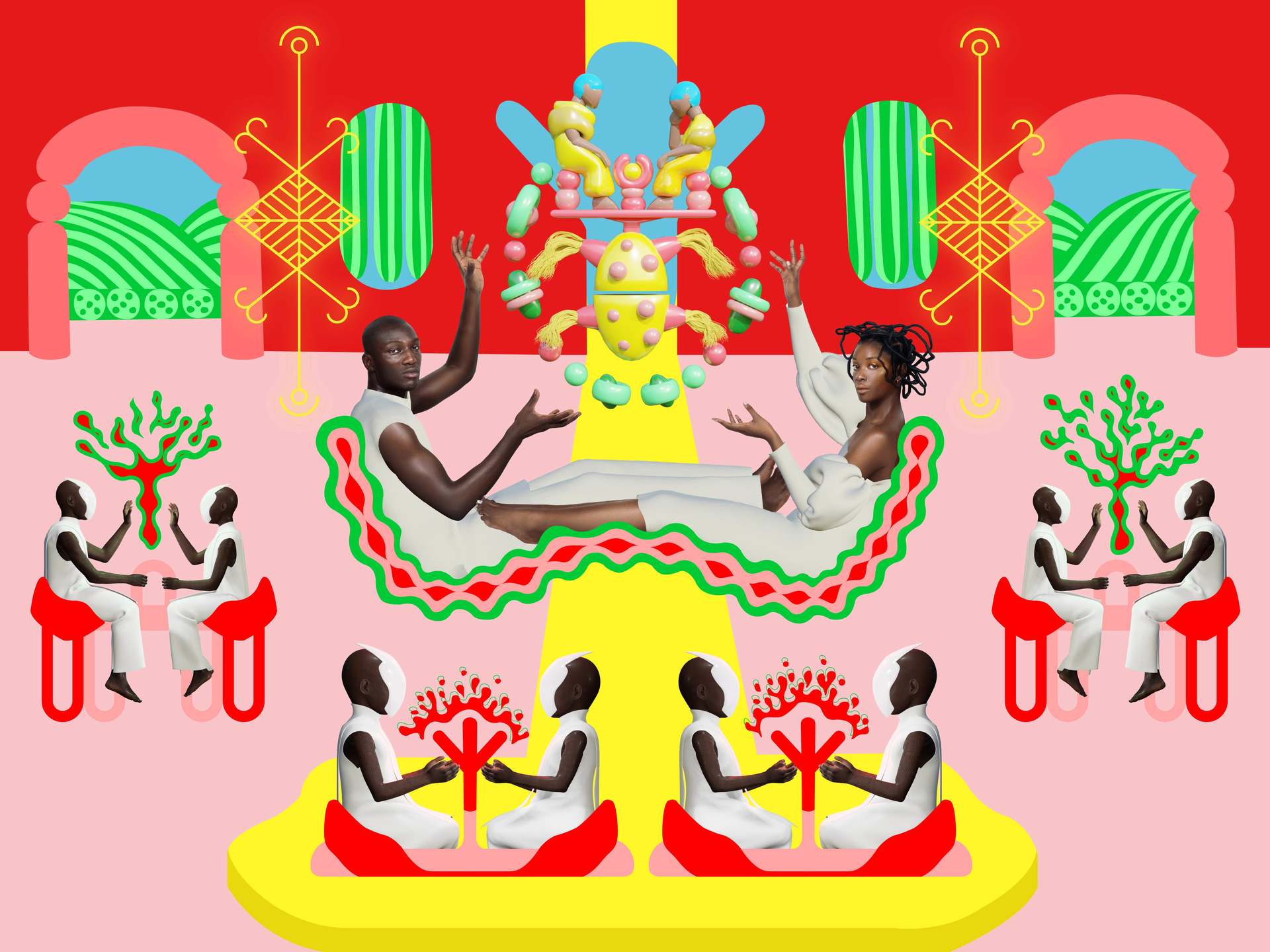

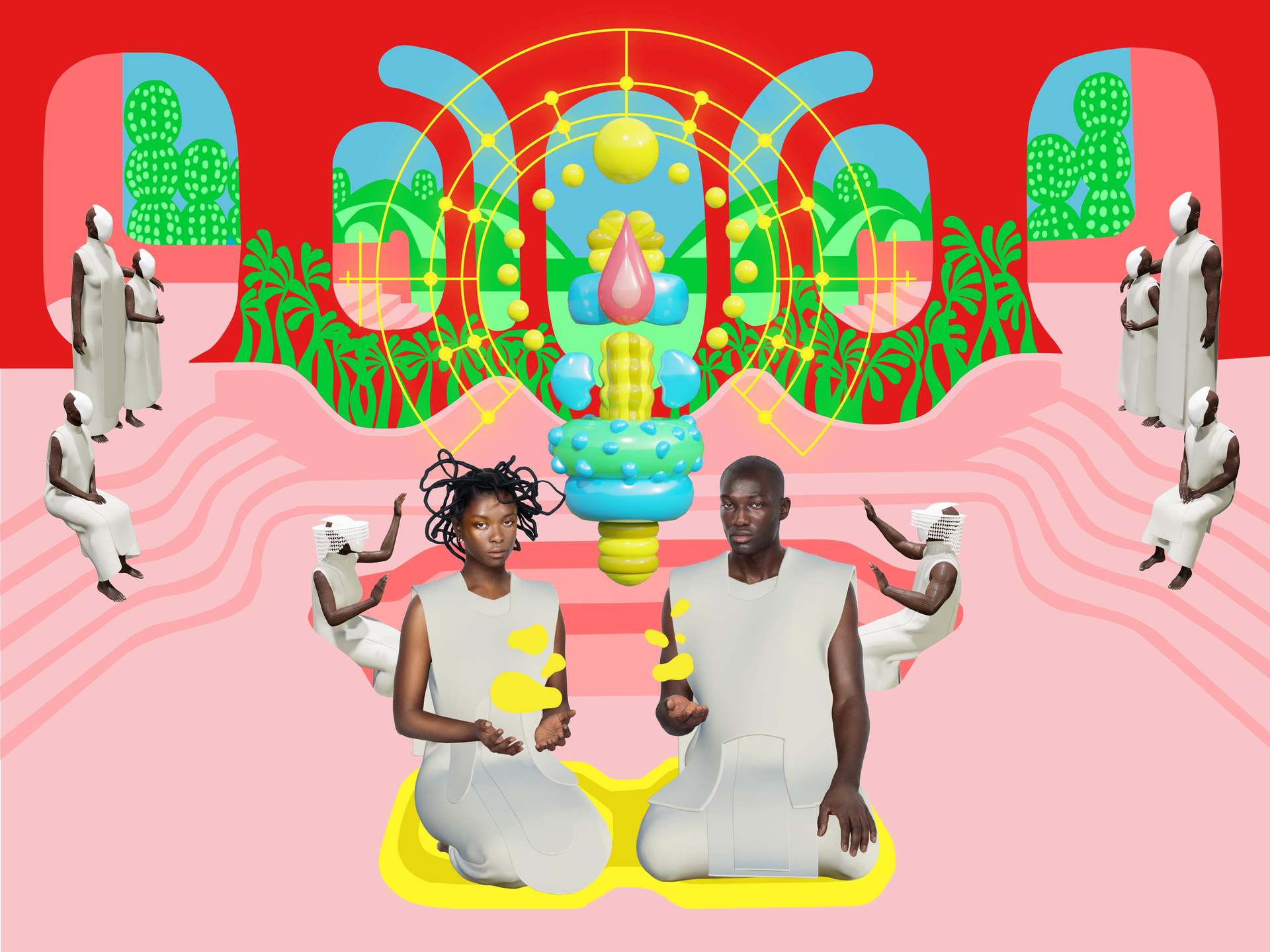



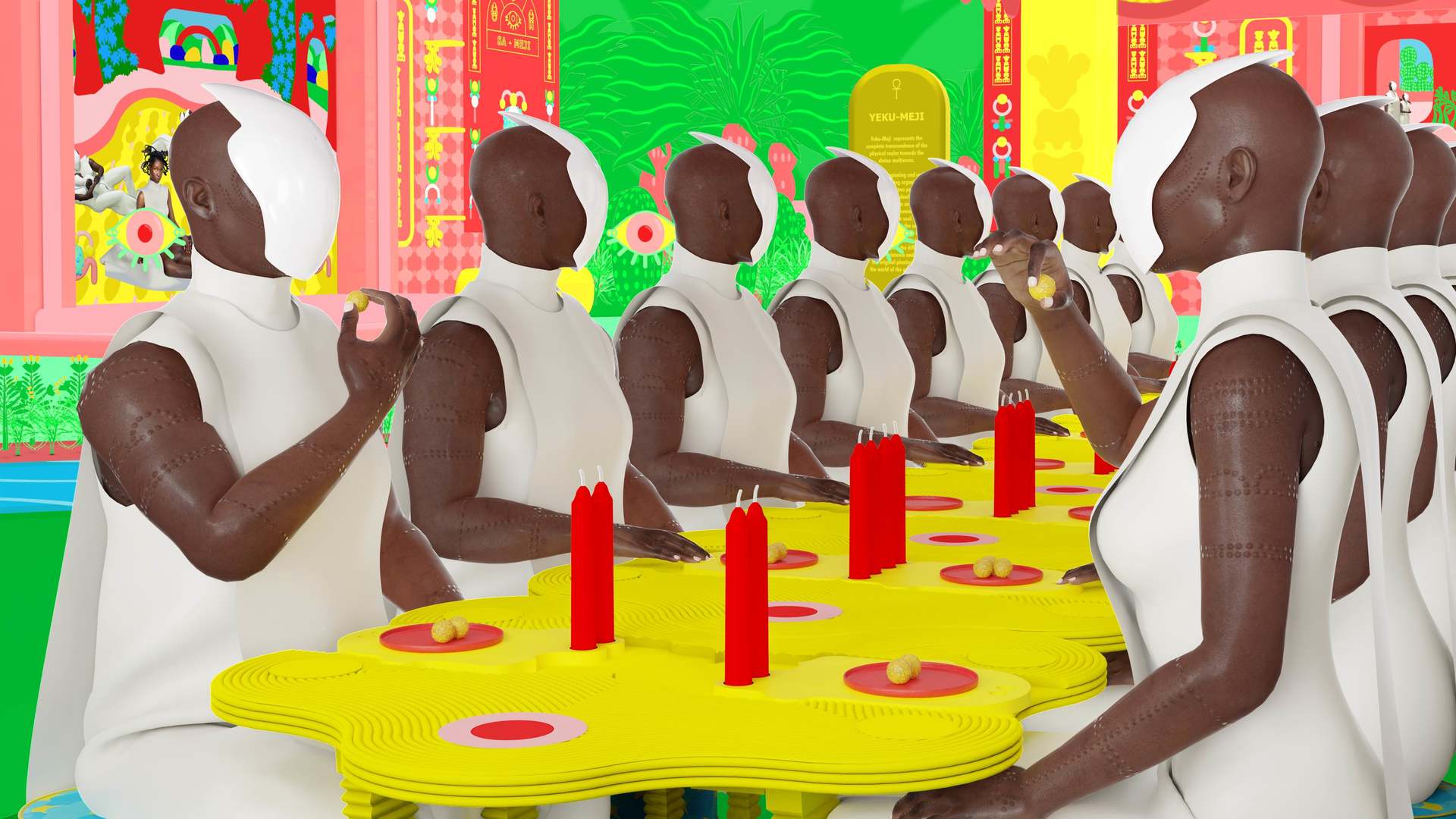



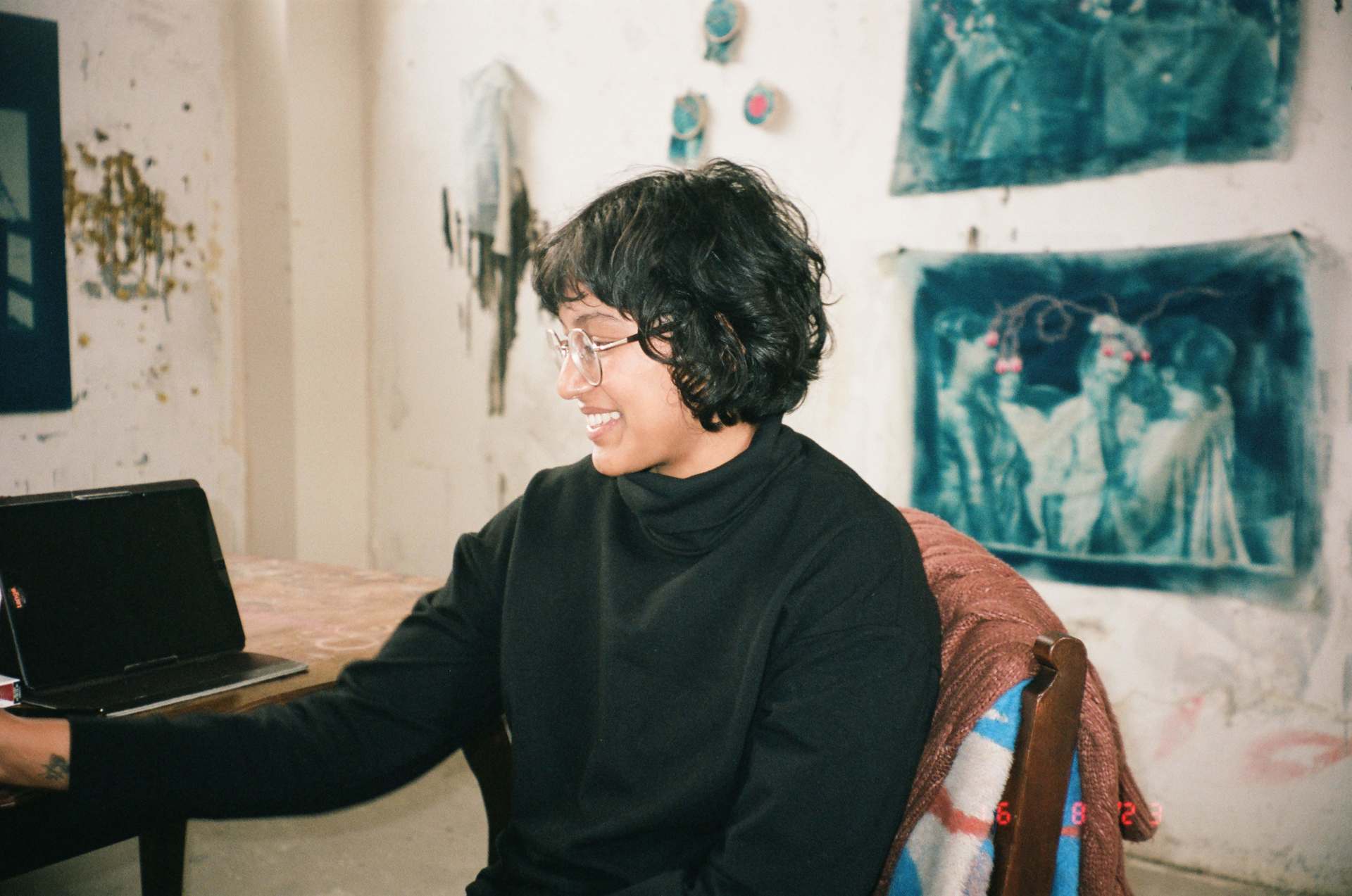



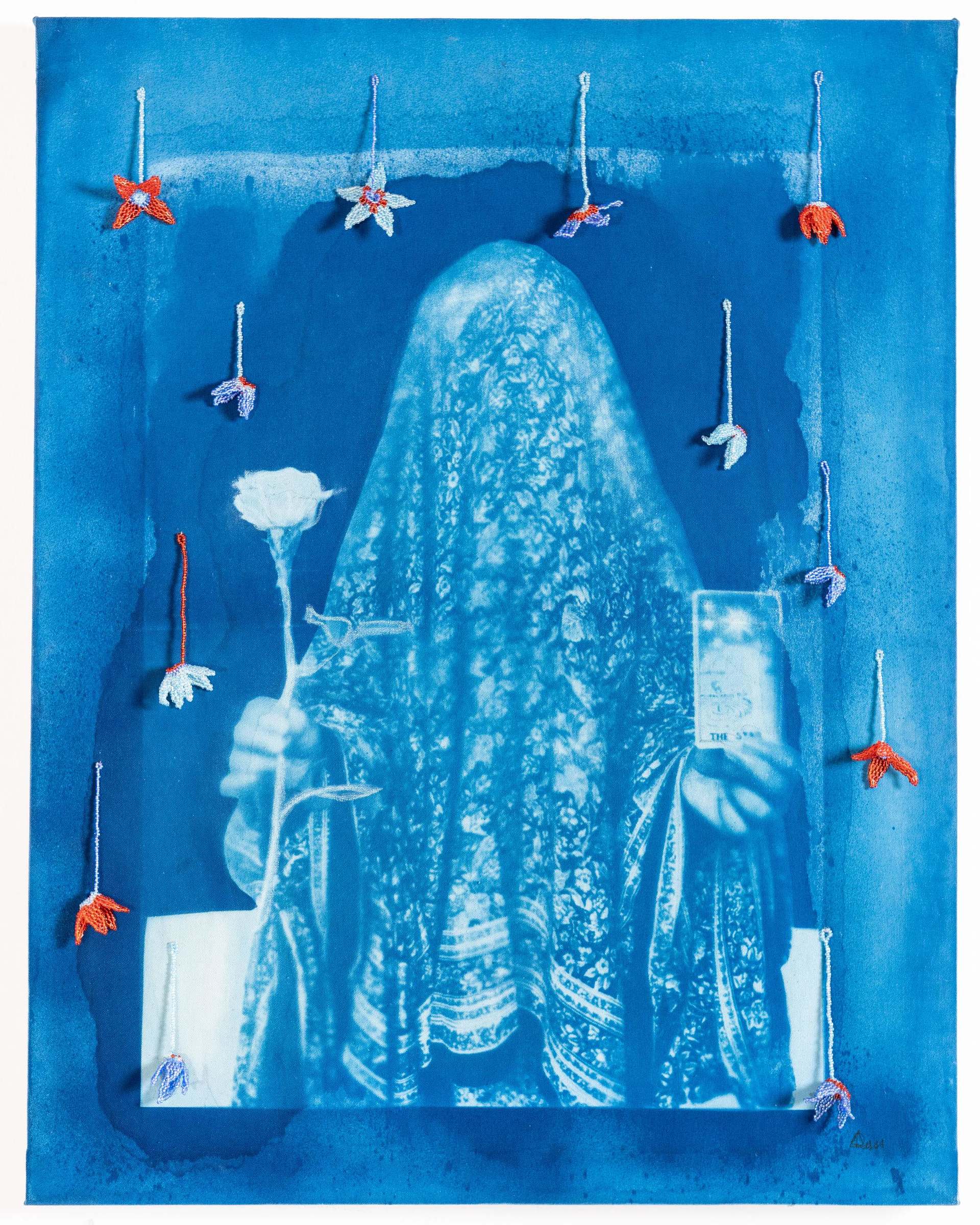
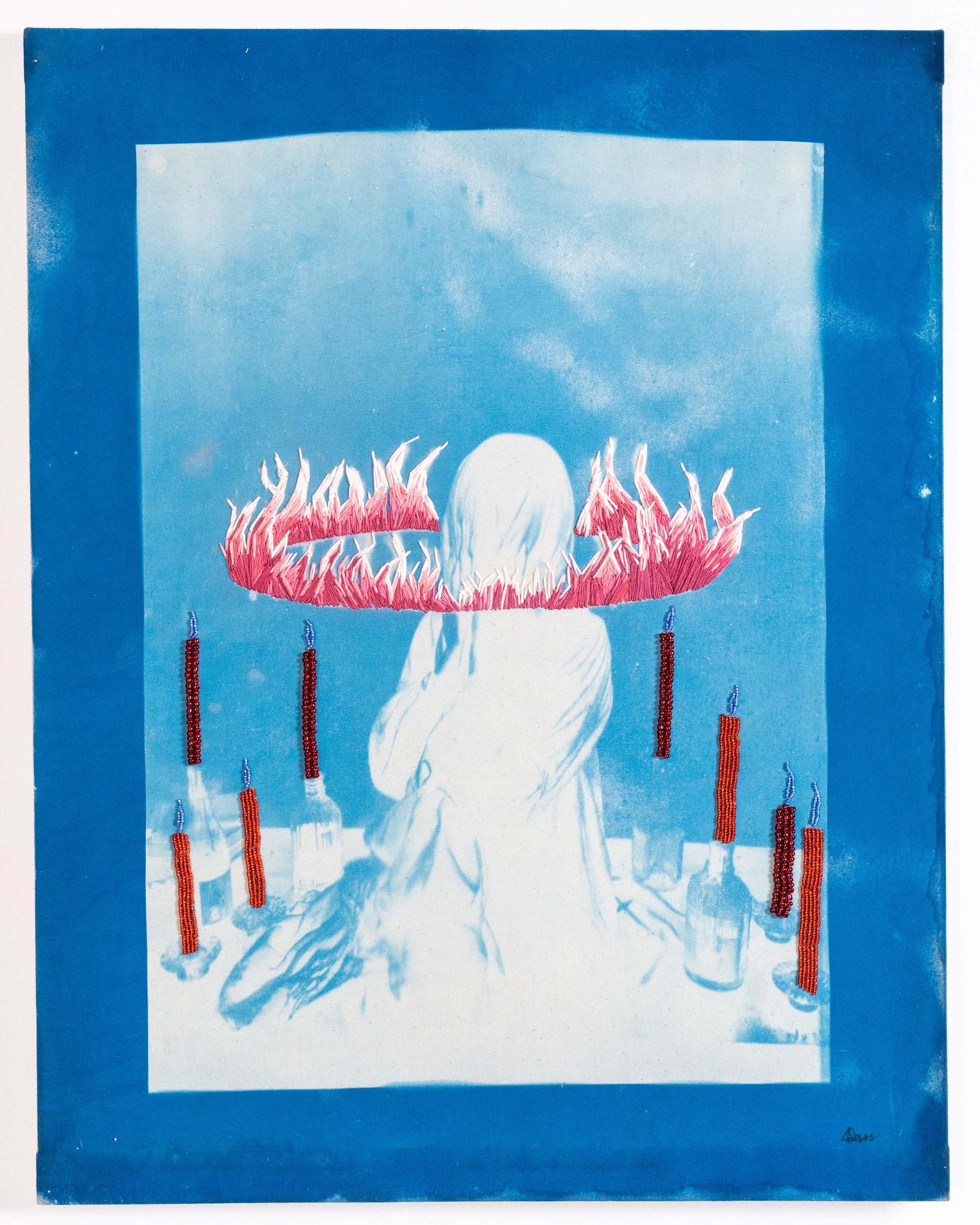
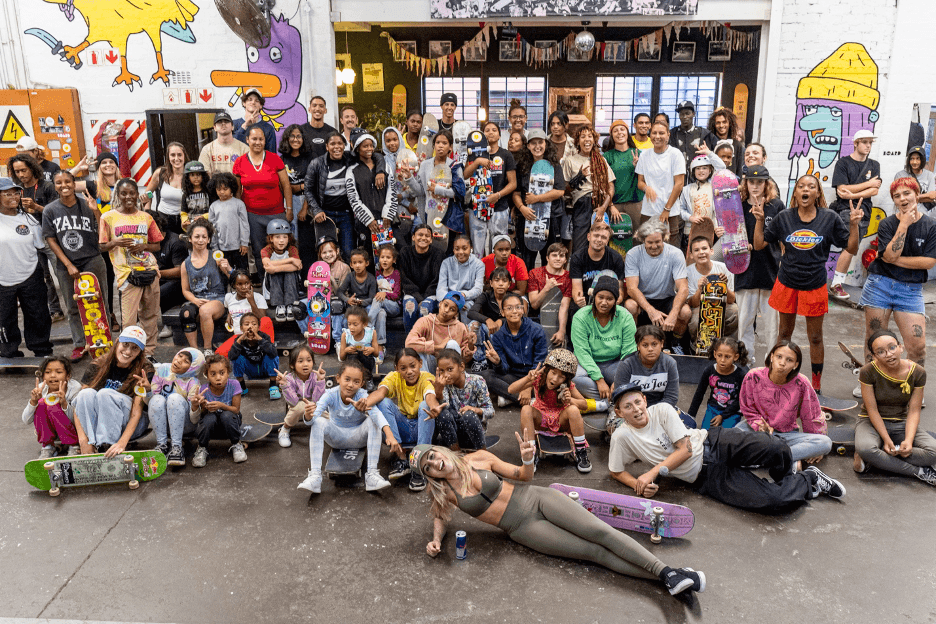
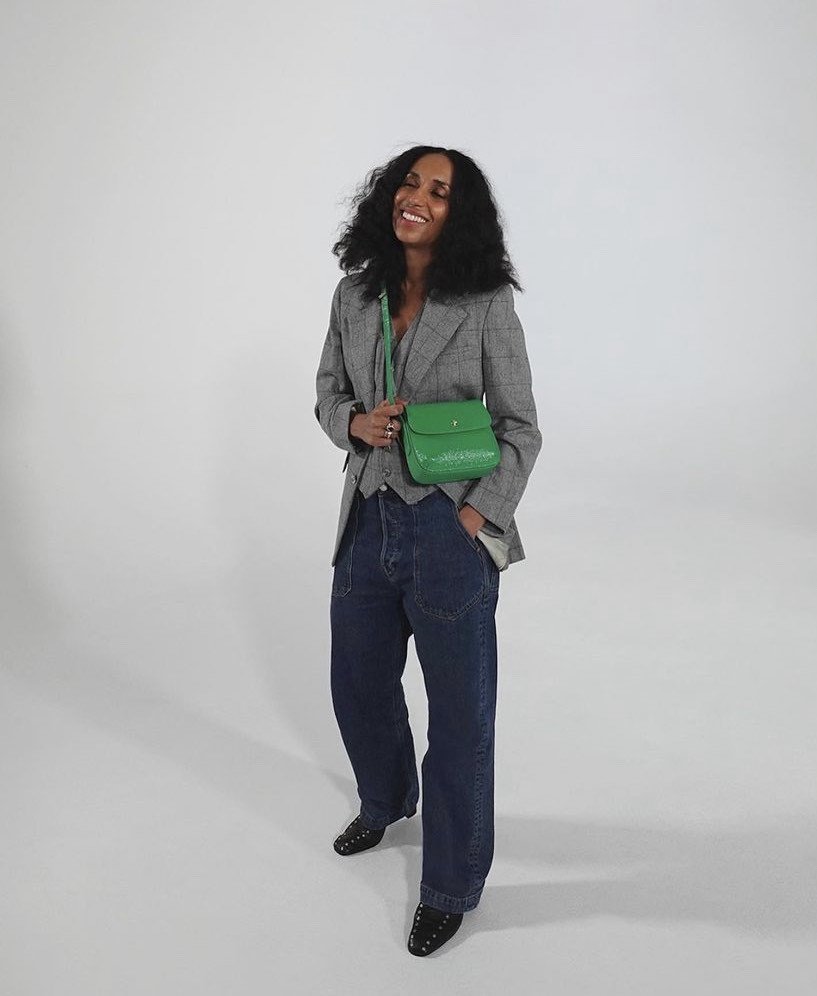


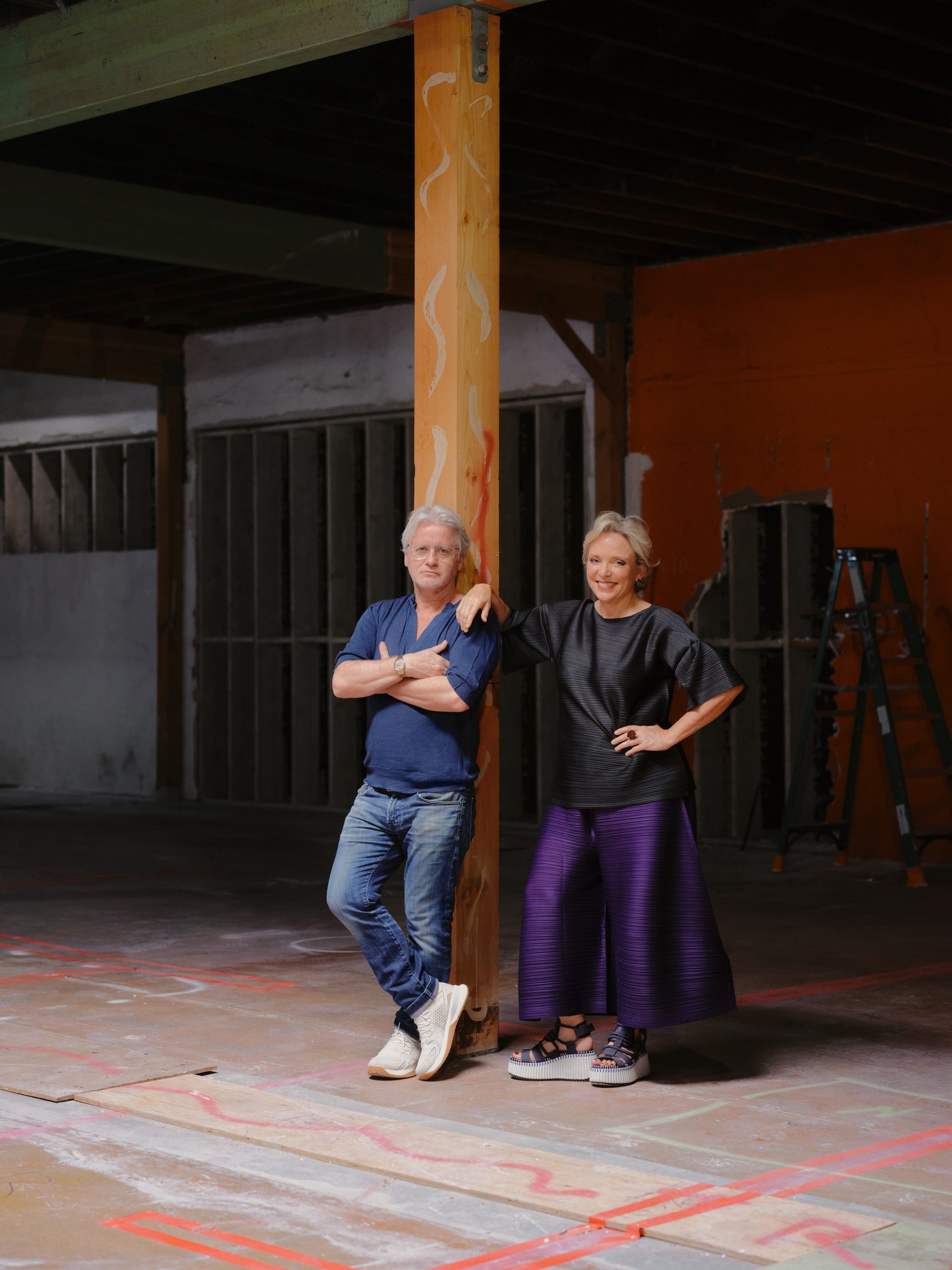
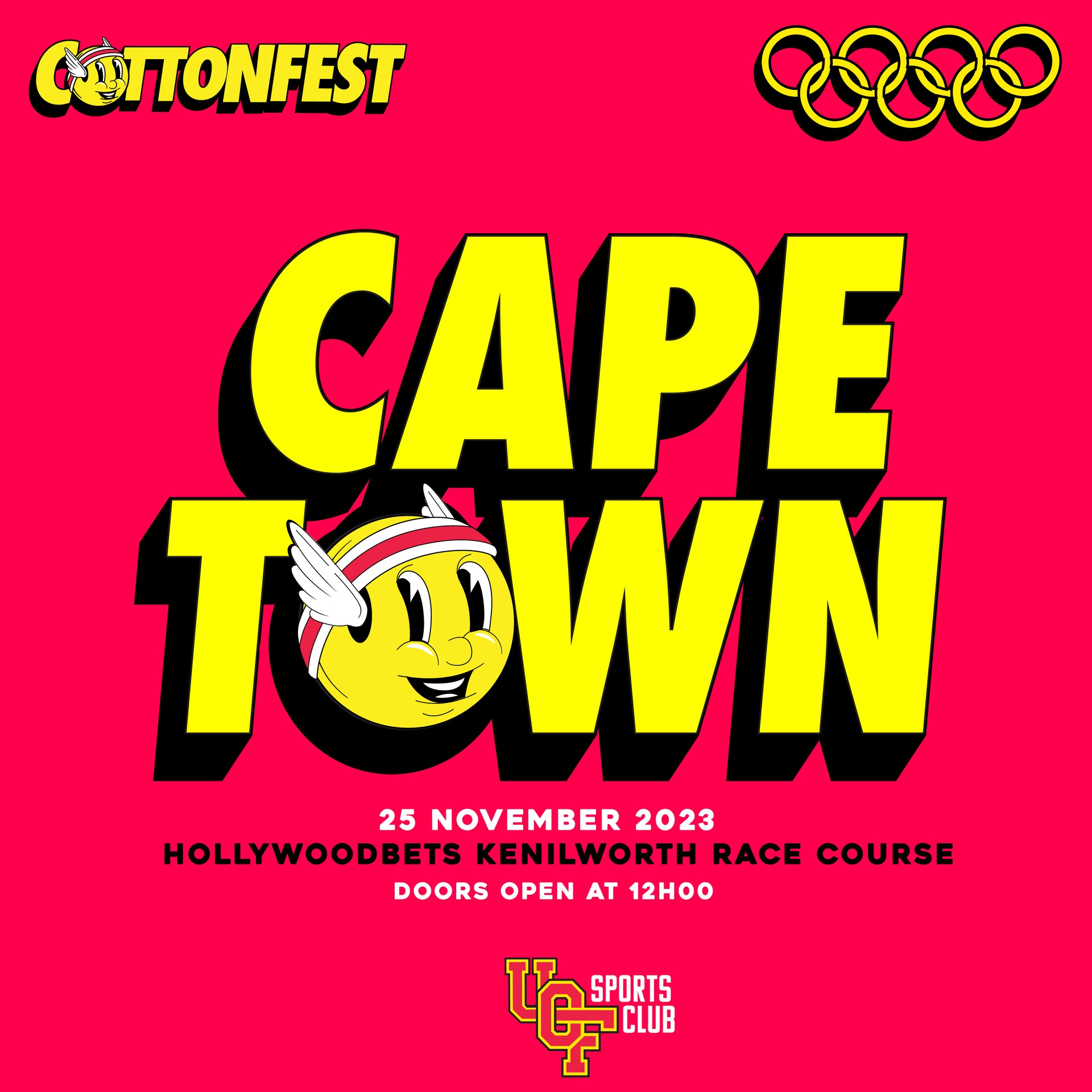
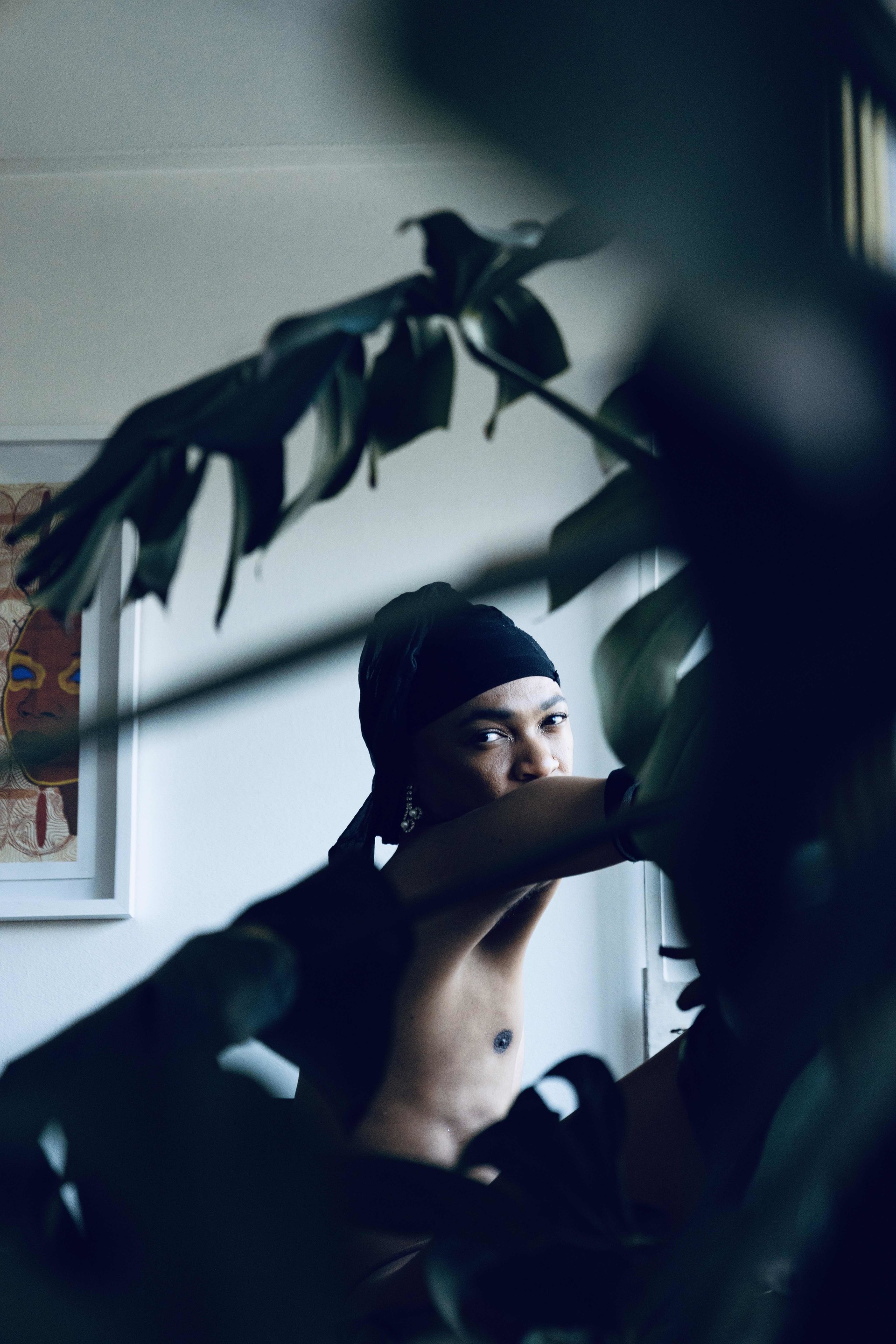


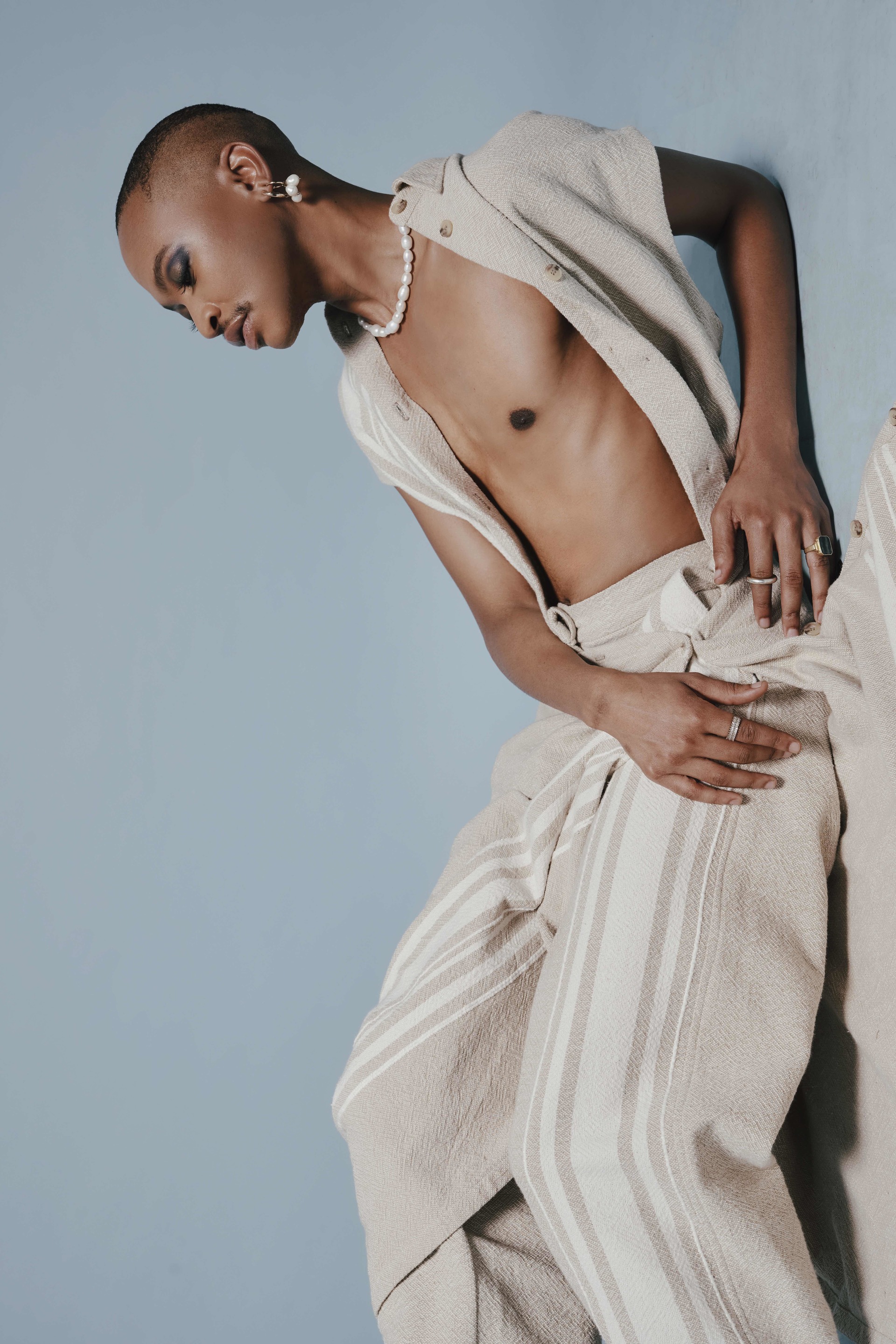
Recent Comments